The flag of Panama is a compelling fusion of colors and shapes that encapsulate the core of this Central American nation.
Serving as a visual narrative, the flag weaves together the country’s geographic splendors, cultural influences, and aspirations of its people into a singular emblem that not only resonates with its citizens but also captivates the gaze of people globally.
Panama Flag
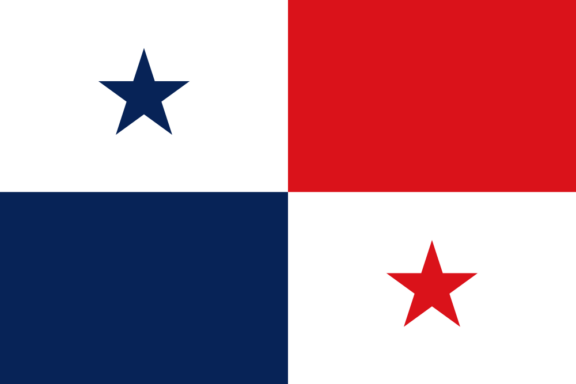
The flag of Panama features a quadrant layout divided into four rectangles. The top left corner hosts a white field with a blue star, and the top right corner is filled with a solid red color.
The lower left square is blue, while the lower right square is white and includes a red star. The unique arrangement of these shapes symbolizes Panama’s complex sociopolitical landscape and desire for a harmonious future.
Panama Flag: Color Palette
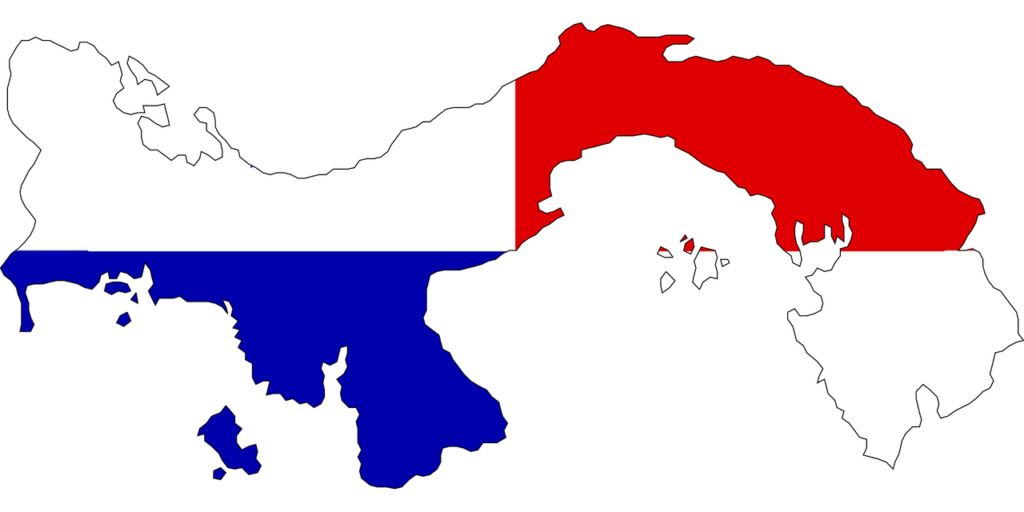
Panama Flag Emoji: 🇵🇦
The color palette of Panama’s flag consists of blue, red, and white. These hues work in tandem to create a visually striking and meaningful design. The following section will delve deeper into the significance of each color.
The chosen colors are aesthetically pleasing and have more profound interpretations that reflect the nation’s values and experiences. The balance and placement of these colors within the flag further enhance its overall impact, setting the stage for a detailed exploration of each shade’s meaning.
Meaning of Each Color
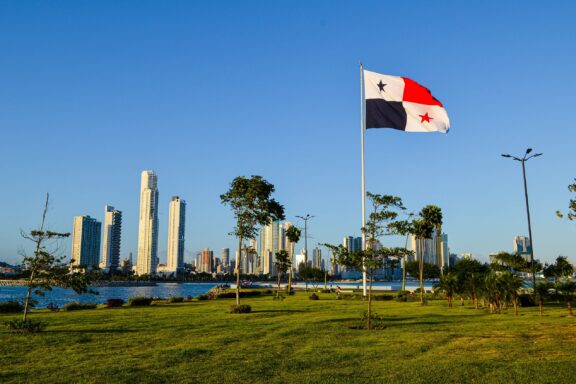
Blue
The blue color on the flag of Panama is predominantly associated with the Conservative Party, representing a significant political faction within the nation. Additionally, blue signifies purity and honesty, reflecting the virtues valued in the country’s civic life.
While it’s often noted for its political significance, the blue also subtly echoes the vast oceans flanking Panama. However, this maritime connection is not as prominently acknowledged as the political representation.
Red
The red on the flag is representative of the Liberal Party, another major political force in Panama. Furthermore, red symbolizes authority and law, reflecting the nation’s structured governance and the rule of law.
The presence of red underlines the importance of political balance and a lawful society, fostering a sense of courage and determination among the populace.
White
The flag’s white fields suggest peace and purity, establishing a serene backdrop to the political colors. In the broader political spectrum, white signifies the peaceful coexistence and collaboration between the political parties, showcasing an environment of political harmony.
It also subtly hints at a clean slate and a hopeful outlook, embodying a sense of optimism toward a peaceful and united future.
Coat of Arms of Panama
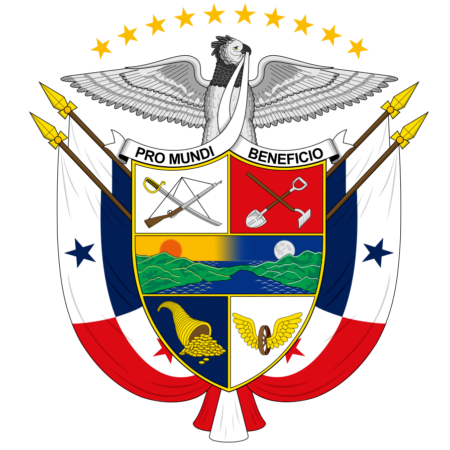
The coat of arms of Panama is a symbolic emblem introduced alongside the national flag. It is crowned by a harpy eagle, the national bird, signifying the sovereign skies of Panama.
The motto “Pro Mundi Beneficio” (“For the Benefit of the World”) is inscribed on a banner held by the eagle, reflecting Panama’s significant global contribution, notably through the Panama Canal.
The emblem features a shield with a sunrise over the Pacific Ocean, portraying Panama’s unique geographical position as the “Bridge of the World.” This shield is encased between laurel branches, symbolizing peace.
Resting on a green field representing the lush vegetation, the emblem encapsulates Panama’s natural beauty and geographical essence alongside its objectives for global significance and peaceful existence.
Historical Evolution and the Meaning Behind Changes
The flag of Panama has undergone limited changes since its adoption, mainly maintaining its original design. It was officially adopted on March 25, 1925, but was designed in 1903, when Panama separated from Colombia to become an independent nation.
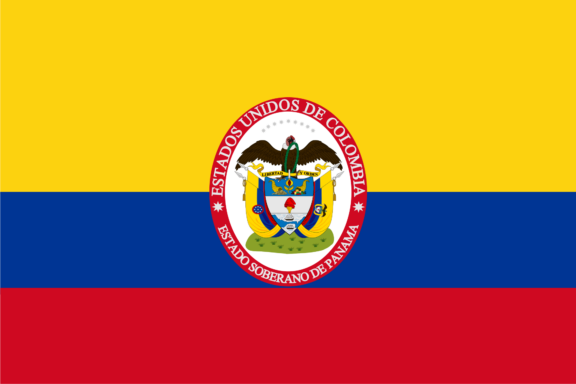
The era’s political climate influenced the flag’s creation, aiming to represent Panama’s two major political parties: the Liberals, symbolized by the red field, and the Conservatives, represented by the blue field.
The flag was crafted by María de la Ossa de Amador, the wife of Panama’s first President, Manuel Amador Guerrero. It was sewn by seamstress Angélica Bergamota de la Espriella.
The flag’s design was intended to promote balance and unity among the divided political factions. Its stable design reflects Panama’s relatively stable political climate post-independence.
The design, colors, and symbolism have remained consistent since 1903, underlining the country’s desire for political unity and continuity. No significant alterations have been made, testifying to the flag’s enduring relevance and resonance with the people of Panama.
Overall Symbolic Meaning of the Flag
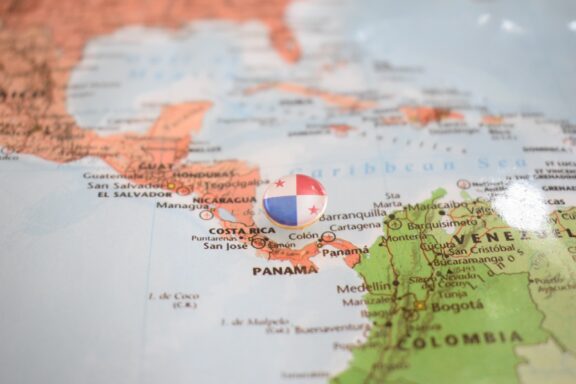
The flag of Panama serves as a complex emblem that encapsulates the nation’s varied elements—from its political landscape to its geographic features and the vision for a united future.
The flag is more than the sum of its parts; it is a potent symbol of Panama’s multifaceted identity. This powerful emblem resonates with the citizens and captures the attention of onlookers worldwide, encapsulating the nation’s individuality and collective aspirations.
Similar Flags to the Flag of Panama
The flag of Panama has some similarities with a few other flags around the world, though the reasons for these resemblances vary. Here are some of them.
Dominican Republic
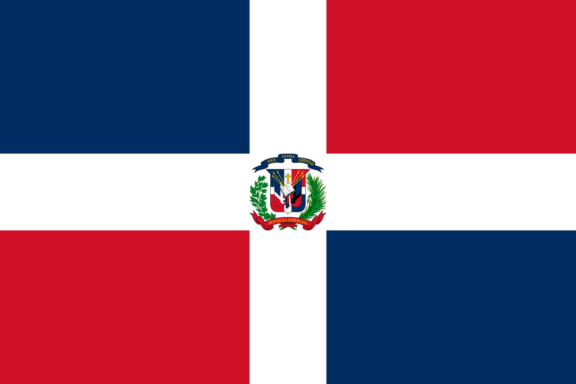
The flag of the Dominican Republic features a central emblem surrounded by alternating stripes of blue and red, with a white cross dividing the flag into quarters.
Like Panama’s flag, the Dominican Republic’s flag incorporates red, white, and blue, often associated with liberty and national pride. Although the layouts are distinct, both flags use these colors to tell a story of their nation’s history and values.
Puerto Rico
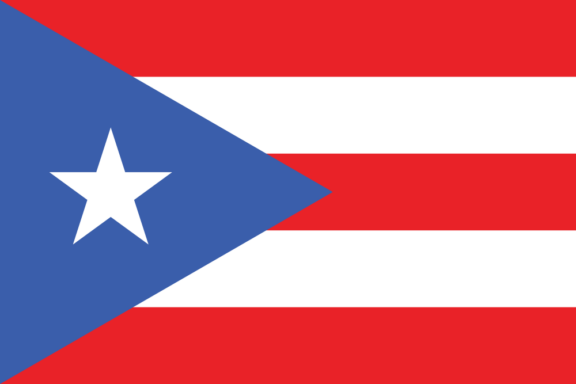
Puerto Rico’s flag closely resembles the flag of Cuba, but it also shares some similarities with Panama’s flag. Like Panama, Puerto Rico uses red, white, and blue colors. The flag consists of five horizontal stripes: three red and two white.
To the left of the stripes is a single blue triangle pointing inward, which houses a white star. These colors create a visual link to Panama’s flag, though each design element has unique historical and symbolic underpinnings.
Cuba
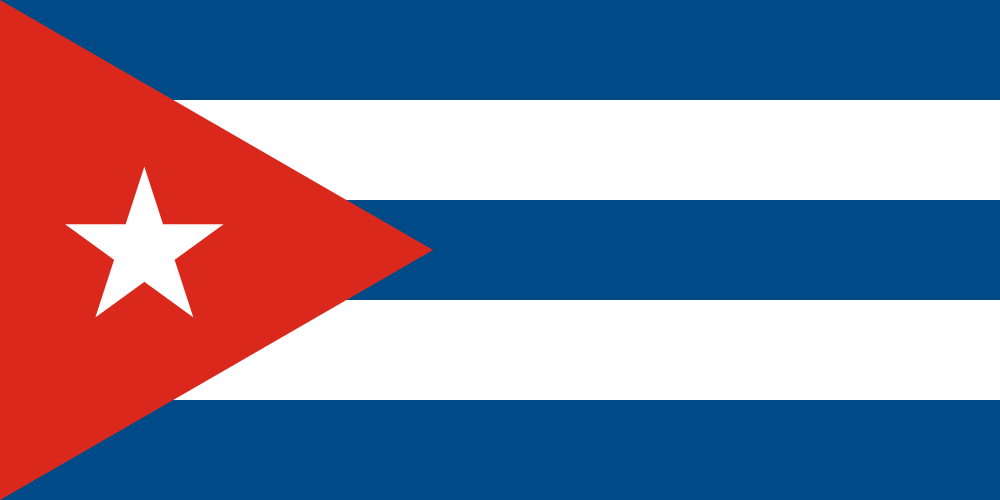
Cuba’s flag features alternating stripes of blue and white with a red equilateral triangle at the hoist, inside of which is a white star. The flag has the same tricolor palette of red, white, and blue as Panama’s flag.
Although the design and arrangement of these colors differ significantly, the color scheme ties the two together, often symbolizing principles like freedom and sovereignty in both nations.
Conclusion
Panama’s flag is a compelling symbol that holds deep meaning for its citizens and shares visual similarities with the flags of other nations. It is a snapshot of the country’s unique identity, making it both an international and deeply personal emblem.
As a harmonious blend of colors and shapes, it is a vivid testament to Panama’s place in the world and its aspirations for the future.